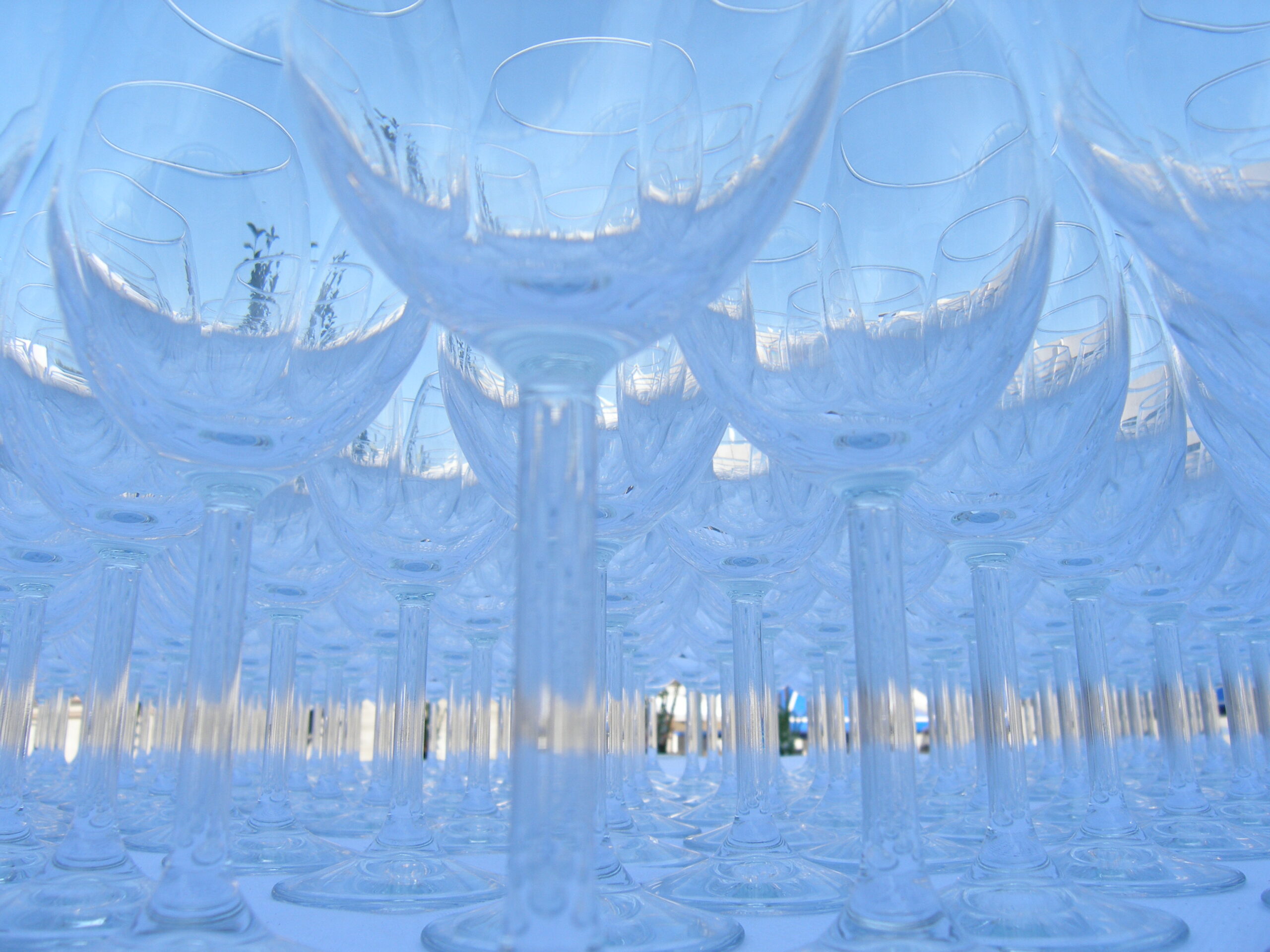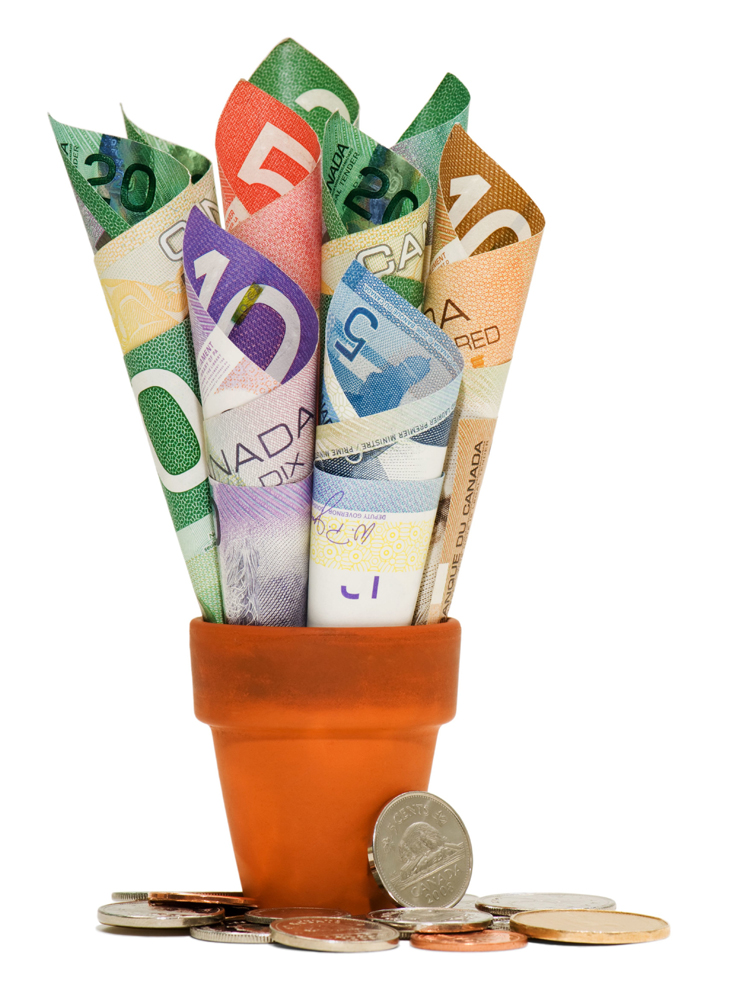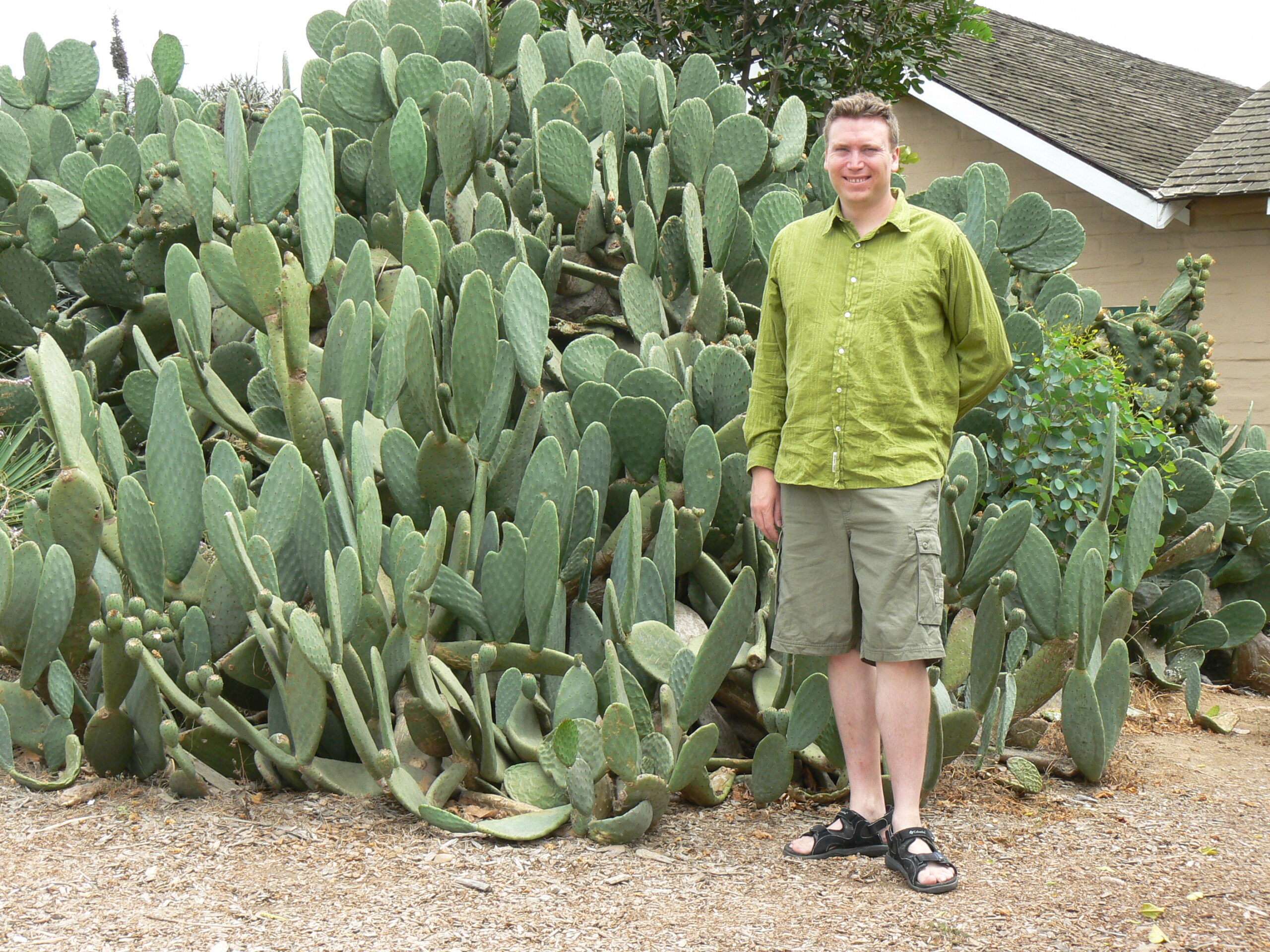Your intrepid liquor reporter was spelunking through the dark and dusty corners of the wine cellar recently, and came across a bottle of Grenache that I had completely forgotten about.
For those not familiar with this varietal, Grenache is a bit of an unsung hero in the world of wine.
The true origins of this ancient grape varietal are believed to be from the medieval Kingdom of Aragon, in what is now northern Spain, or on the plains of Middle-Earth for the Tolkien fans.
In its native Spain, the grape is referred to as Garnacha, but the rest of the world uses the French spelling of Grenache.
Oddly, even the Spanish-speaking New World wine countries like Argentina tend to use the French spelling of Grenache, likely because international consumers are more familiar with that spelling.
The grape varietal spread throughout the many kingdoms of Europe, and thrived particularly well in the Rhône Valley of France.
While the Grenache grape is well known to winemakers, it appears most often as part of a blended wine, so it is not always obvious to the consumer that they have Grenache in their glass.
The unobtrusive nature of Grenache is compounded by the tendency of old world wine producers like France to label their bottles with the region or location the wine was produced in, rather than the type of grape in the bottle.
For example, the famed Châteauneuf-du-Pape wine region in France has up to 80% Grenache in their wines, but you would never know it from looking at the label.
When used for blending, Grenache can add body and alcohol content to light bodied wines. This makes for a fairly easy-drinking wine, and not as intimidating to novice wine drinkers as a highly tannic Cab Sauv.
The high sugar content and low amount of tannins make for a fairly dull wine if taken alone, but those same attributes make Grenache attractive for producing fortified or port-styled wines with added grape brandy.
The wine is particularly fruit-forward, with notes of rich raspberry while the wine is young, maturing into a spicier black currant and fig flavor as the wine ages.
Unfortunately, Grenache does not age as well as other wines, as it tends to oxidise in the bottle. So, if you do put a bottle in your cellar, take it out and drink it within a few years.
Outside of Spain and France, Grenache has found great success in California and Australia, both of which have the hot and dry climates preferred by the grape.
Due to its vigorous growth and high alcohol content, Californian Grenache was first used for so-called jug wine, the cheap table wines traditionally sold in gallon jugs with generic labels.
As the Californian wine industry matured, winemakers found they could produce a more full-bodied and flavorful Grenache by aggressively pruning the vines to reduce the yields.
Controlling the harvest yields led to higher quality, and Grenache eventually was able to shed its bargain basement reputation for something more upscale.
Taking a look at wines from Down Under, Grenache was the most widely planted grape in Australia for nearly 200 years, finally being surpassed by Shiraz in the 1960’s as consumer preferences moved to drier wines.
Australia still produces some of the world’s best Grenache, but is usually blended with other varietals for a more balanced wine.
The Australian climate seems to be perfectly suited for Grenache, consistently producing wines with a rich and jammy flavor that are the envy of other producers.
Grenache is rare in Canada, as our climate just doesn’t get hot enough for the grape to fully ripen. Fortunately, there are a few plucky winemakers in the southern end of the Okanagan Valley of BC that get just enough warmth in the growing season for Grenache to thrive.
Red Rooster Winery near Penticton puts out a hundred or so cases of Golden Egg each year, a blend of Grenache each year, a Rhône style blend of Grenache, Syrah, and Mourvedre.
All in all, a very drinkable wine, with a food-friendly level of acidity that makes it a good pair for lamb or braised beef dishes.
There are a few other Canadian wineries growing Grenache grapes, but our climate is really too cool to allow the vines to really thrive. If you would like to pick up a bottle to try at home, stick to the French or Australian sections of your local booze merchant for the best selection.






